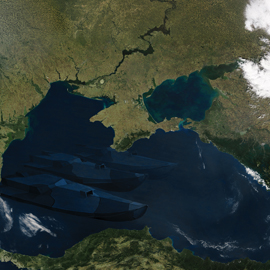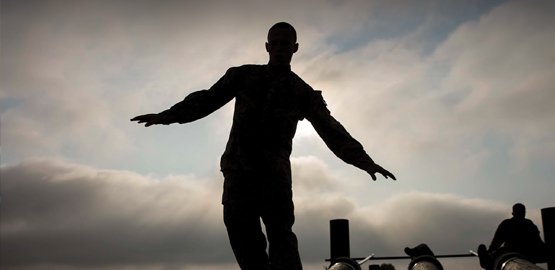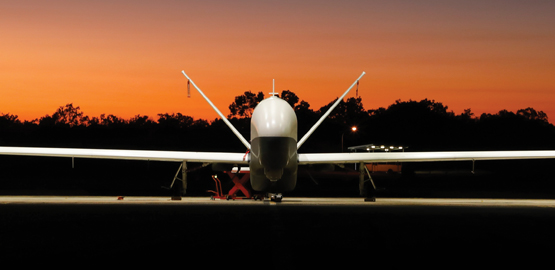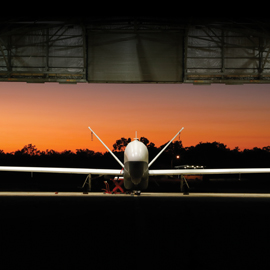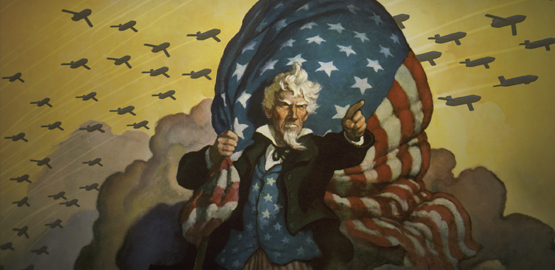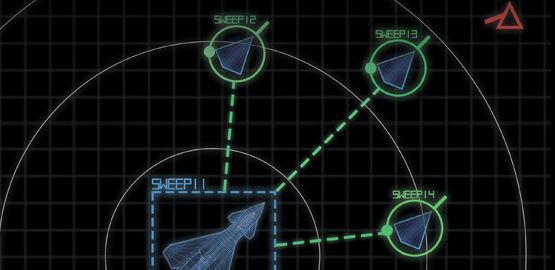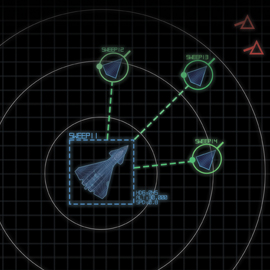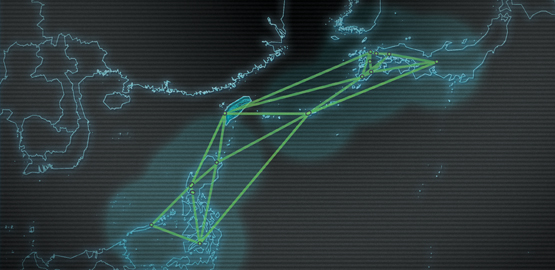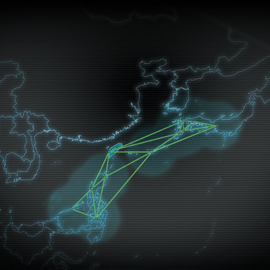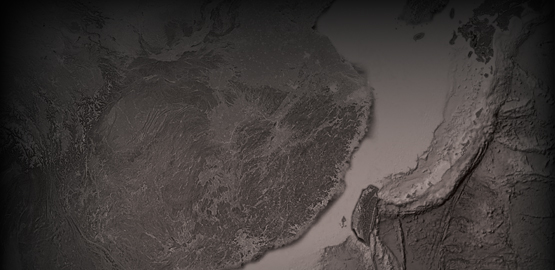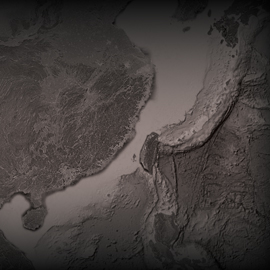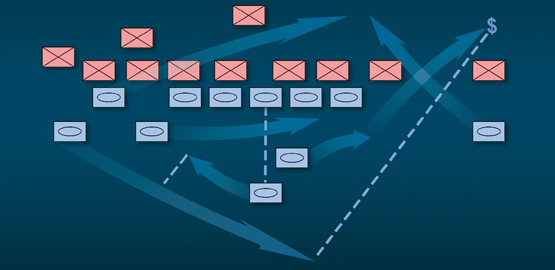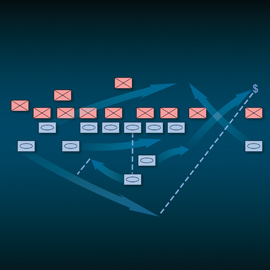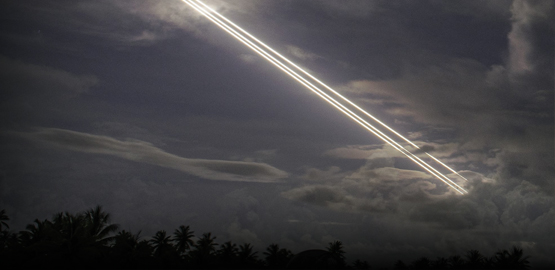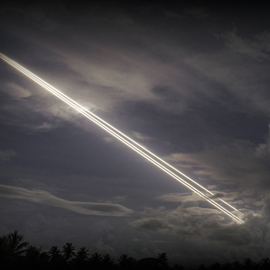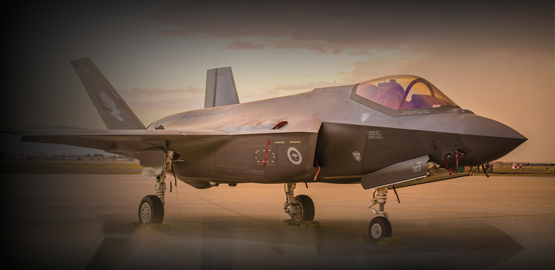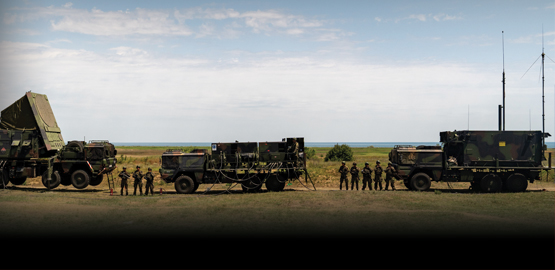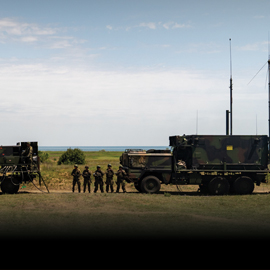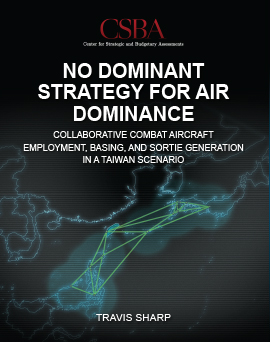
In 2023, the Air Force unveiled plans to acquire a fleet of autonomous unmanned collaborative combat aircraft (CCA) that would fly under the custody of manned aircraft pilots as loyal wingmen. The Air Force has stressed the CCA’s broad usefulness across diverse missions, including forward sensing, air-to-air attack, and electronic warfare. Despite this emphasis, the fact remains that tradeoffs must be made for any aircraft to excel at a given mission. The CCA is no exception.
In No Dominant Strategy for Air Dominance, CSBA Senior Fellow and Director of Defense Budget Studies Travis Sharp applies a simple sortie-generation model to explore options for employing and basing CCAs during a Chinese attempt to invade Taiwan in the early to mid-2030s. The report first illustrates the effects of CCA mission profile, geographic emphasis, and basing dispersion on sortie generation to show the range of operational possibilities and logistical burdens. It then illustrates how combat attrition might affect CCA fleet size and identifies the resulting quantity–cost tradespace.
Sharp finds that the CCA fleet’s combat potential, logistical demands, and basing configuration could look very different depending on how CCAs are employed. A CCA fleet conducting persistence missions in vicinity of Taiwan would need a different aircraft design, sustainment setup, and attrition reserve than a CCA fleet launching hit-and-run attacks outside Taiwan. Determining the optimal basing locations depends on whether CCAs plan to swarm the conflict epicenter in Taiwan or fan out to inflict damage on Chinese forces elsewhere. There is no one-size-fits-all solution to CCA employment and design. The challenge for the Air Force, as always, is how to conceptualize and choose among distinct options that lead to different outcomes.
This report was prepared as a companion volume to Ready Player None?, CSBA’s larger study of the CCA program’s progress to date.

